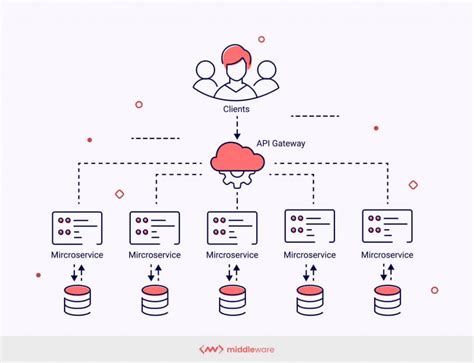The world of software applications has become increasingly complex, with a multitude of specialized tools designed to tackle specific tasks. While this specialization has led to incredible advancements in various fields, it has also created a fragmented landscape where different applications often struggle to communicate with one another. This is where cross-application technology comes into play, enabling seamless interactions between disparate systems and unlocking new levels of productivity and innovation.
What is Cross-Application Technology?
Cross-application technology refers to the set of tools, protocols, and standards that allow different software applications to share data, functionality, and user interfaces. This integration enables businesses to create cohesive, automated workflows that streamline processes, reduce errors, and enhance collaboration.

Benefits of Cross-Application Technology
The benefits of integrating cross-application technology are numerous and far-reaching. Some of the most significant advantages include:
- Improved productivity: By automating workflows and reducing manual data entry, businesses can free up staff to focus on higher-value tasks.
- Enhanced collaboration: Cross-application technology enables teams to work together more effectively, regardless of their location or the applications they use.
- Increased accuracy: Automated workflows reduce the risk of human error, ensuring that data is accurate and up-to-date.
- Better decision-making: With access to real-time data from multiple sources, businesses can make more informed decisions and respond quickly to changing circumstances.
5 Ways to Integrate Cross-Application Technology
While the benefits of cross-application technology are clear, integrating these solutions can be a complex and daunting task. Here are five strategies to help you get started:
1. API-Based Integration
Application Programming Interfaces (APIs) provide a standardized way for different applications to communicate with one another. By using APIs, businesses can integrate multiple applications and create seamless workflows.

For example, a business might use an API to connect its customer relationship management (CRM) system with its marketing automation platform. This integration enables the CRM system to share customer data with the marketing platform, which can then use this data to create targeted campaigns.
2. Middleware Integration
Middleware is a type of software that acts as an intermediary between different applications, enabling them to communicate with one another. Middleware solutions can be used to integrate multiple applications, including those that use different protocols or data formats.

For instance, a business might use middleware to integrate its enterprise resource planning (ERP) system with its supply chain management system. This integration enables the two systems to share data and create a cohesive view of the business's operations.
3. iPaaS Integration
Integration Platform as a Service (iPaaS) is a cloud-based integration solution that enables businesses to connect multiple applications and services. iPaaS solutions provide a scalable and secure way to integrate applications, without the need for extensive coding or infrastructure investments.

For example, a business might use an iPaaS solution to integrate its CRM system with its customer service platform. This integration enables the two systems to share data and create a seamless customer experience.
4. Low-Code Integration
Low-code integration solutions provide a visual interface for integrating applications, without the need for extensive coding. These solutions use drag-and-drop tools and pre-built connectors to simplify the integration process.

For instance, a business might use a low-code integration solution to connect its marketing automation platform with its social media management tool. This integration enables the two systems to share data and create targeted social media campaigns.
5. Microservices Architecture
Microservices architecture is a software development approach that involves breaking down large applications into smaller, independent services. Each service is designed to perform a specific function and can be integrated with other services to create a cohesive application.

For example, a business might use a microservices architecture to build a customer-facing application that integrates with multiple back-end services. Each service is designed to perform a specific function, such as payment processing or inventory management, and can be scaled independently to meet changing demand.






Conclusion
Integrating cross-application technology is a complex task, but it offers numerous benefits for businesses. By using APIs, middleware, iPaaS, low-code integration solutions, and microservices architecture, businesses can create seamless workflows, improve productivity, and enhance collaboration. As the software landscape continues to evolve, it's essential for businesses to invest in cross-application technology to stay ahead of the competition.
We hope this article has provided you with valuable insights into the world of cross-application technology. If you have any questions or would like to share your experiences with integrating cross-application technology, please leave a comment below.
What is cross-application technology?
+Cross-application technology refers to the set of tools, protocols, and standards that allow different software applications to share data, functionality, and user interfaces.
What are the benefits of cross-application technology?
+The benefits of cross-application technology include improved productivity, enhanced collaboration, increased accuracy, and better decision-making.
What are some common integration technologies?
+Some common integration technologies include APIs, middleware, iPaaS, low-code integration solutions, and microservices architecture.
